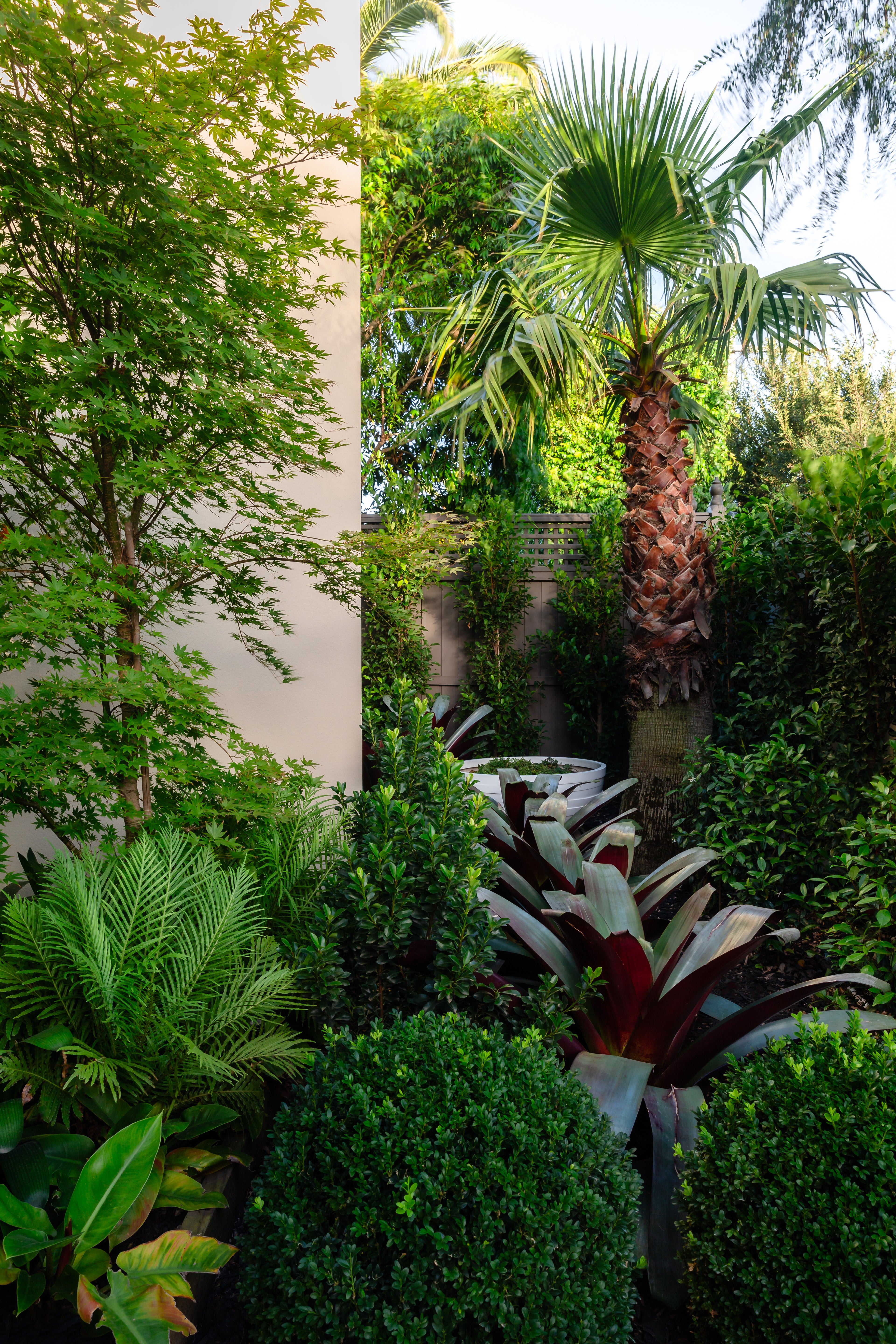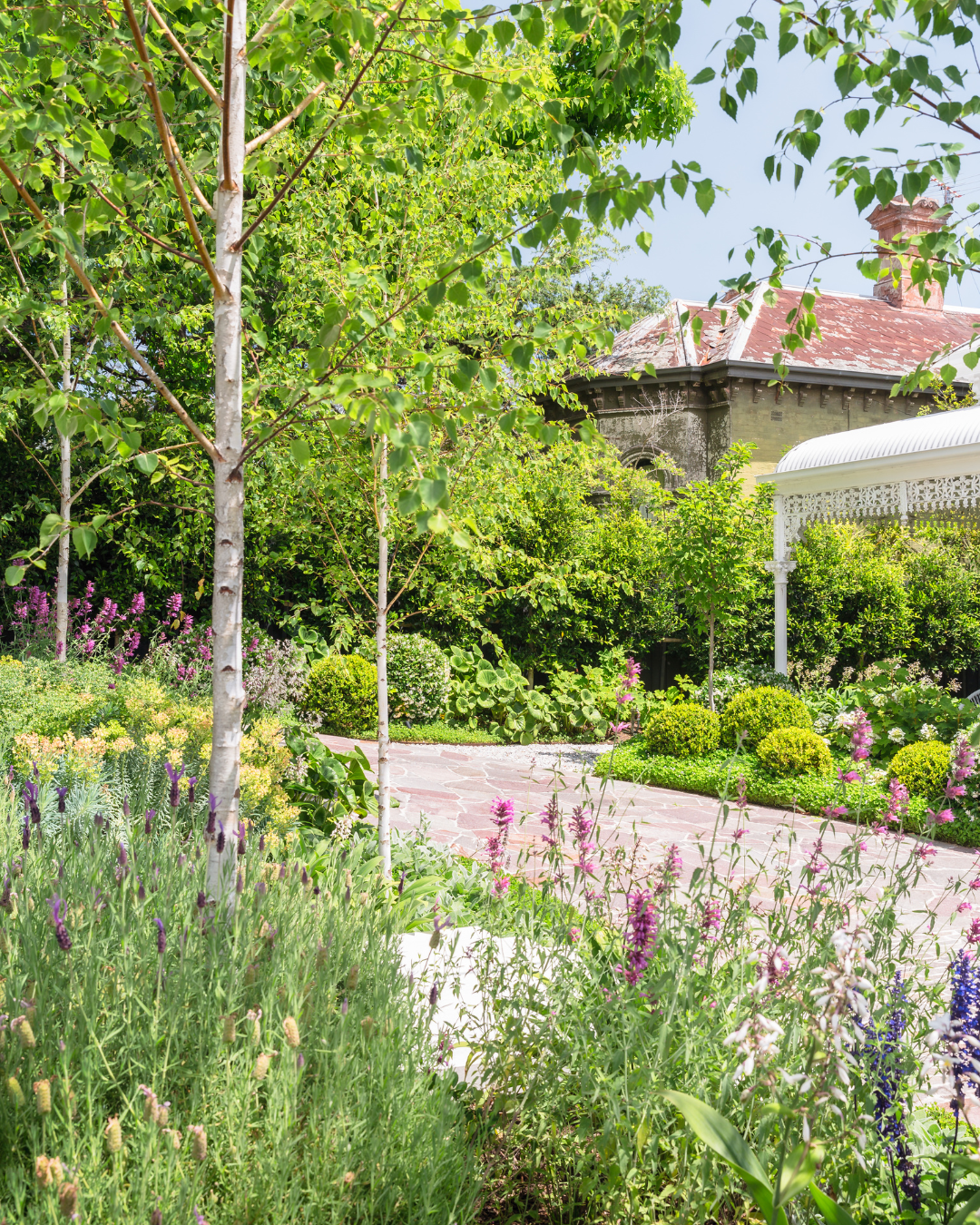How to care for your Ornamental Pear Tree
How would you describe your garden? Is it full of flowers or trees? If you said both, then you should definitely consider adding some ornamental pear trees to your garden. They are beautiful, they add color to your yard, are fast-growing trees, and also provide shade. These trees are perfect for those who want to add beauty to their gardens without spending too much time and effort.
Characteristics of Ornamental Pear Tree
Growth Rate: Ornamental pears are Fast Growing Deciduous Trees
Watering: Ornamental pears require regular watering until they are established
Pruning: Ornamental pears do not require regular pruning
Sun: Ornamental Pears thrive in full sun or partial shade
Soil: Clay soil, well-draining soil, prefers organic soil but you don't need to worry about the kind of soil that your tree needs. All you need to know is that it needs good drainage. That means that the soil around your tree must drain well so that excess moisture doesn't build up.
Evergreen or Deciduous: Ornamental Pears are Deciduous Pear Tree Species meaning they lose their leaves in Winter.
Usage: Avenue Trees, Hedging and Screening, Decorative Tree, Excellent Shade tree
Flower: Ornamental Pear trees flower in springtime
Look: Glossy leaves, Blossom in Spring, White spring flowers, Reddish Purple leaves in Autumn, Attractive landscape tree, Shiny dark leaves, come in a variety of shapes and sizes.
Leaf Shapes: Many different shapes and sizes. There are - Oval, Oblong, conical shape, Pyramid Shape and more.
Best Sellers: Manchurian Pear Trees, Capital Pears, Cleveland Select or Chanticleer Pear
VARIETIES OF PEAR TREES
1. Manchurian Pear Tree - BEST SELLER
Manchurian Pears are large trees that are a fast-growing tree and produce lots of fruit. Their bright red fall colors make them a popular choice for landscaping. They also have shiny green leaves in spring and summer. In winter, they turn into beautiful white flowers. Manchurian pear trees are large, broad-spreading trees up to 10 meters tall and 8 meters wide. They grow well in full sun and average soil conditions. Their bright red fall foliage is stunning and their glossy green spring foliage is also beautiful. In early spring, they produce small white flowers.

Click here to view our Manchurian Pear Trees
2. Capital Pear Trees
Capital Pears is a round, oval, or oblong-shaped ornamental trees. They have white flowers in spring that turn into small hard fruit. Capital pears are great for hedges and screening because of their dense growth habit. Capital Pears are the narrowest-growing of all the ornamental Pear Trees. They look great used to frame entrances, multi-planted into a mini-tree forest, or used as an attractive vertical screen. They grow slowly developing a small bare trunk at ground level which can be used as an interesting feature or planted below to create a dense leaf-filled look in the garden. Capital Pears also have an attractive curl in the foliage that adds further interest and the slender, columnar shape lends itself well to tight spaces.

Click here to view our 45L Capital Pear Tree
Click here to view our 200L Capital Pear Tree
3. Cleveland Select Tree/ Chanticleer Pear Ornamental Tree
The Cleveland Select or Pyrus Chanticleer Pear variety is one of the most popular ornamental pear trees. They are a medium tree of the pear variety that has beautiful green foliage and white blossoms in spring, bright red Autumn colour, and beautiful dark green foliage in summer. Cleveland Selects or Pyrus Chanticleer Pear are deciduous trees, so they lose their leaves in winter. The Cleveland Select variety grows to be about 30 feet tall and 20 feet wide. It has a spreading, semi-upright growth habit, making it ideal for use as a hedge, screen, or avenue plant. This variety is easy to care for and requires little maintenance. The leaves are glossy and waxy, making them resistant to insects and disease. The fruits are generally 1 inch long and weigh less than 2 ounces. They ripen from late October through December.
Non-Fruit Bearing Pear Trees
There are many varieties of pears that do not produce fruits. Ornamental pear trees include 'Bartlett' and 'Doyenne du Comice'. These trees are very popular because they are easy to grow and maintain. They also provide beautiful spring blooms and autumn foliage. Non-fruit bearing pear tree varieties are the perfect tree to be used as a shade tree, a street tree, or even as a feature tree.
Caring for your Ornamental Pear Tree
1. Watering
Watering your ornamental pear tree can be tricky. You want to make sure that you are watering enough but not too much. If you water too often, then you run the risk of overwatering the root system. This could cause rot and disease. On the other hand, if you don't water enough, then you may have a problem with dryness. In this case, you might need to add some mulch around the base of the tree to help keep the roots moist. Ornamental pear trees thrive in moist soil. However, they prefer slightly drier conditions than most other plants.
When watering your tree, use a hose nozzle attachment to avoid getting splashed by the spray. Also, try to aim at the bottom of the trunk rather than directly at the leaves.

2. Fertilization
Fertilize your ornamental pear tree every year. It's important to apply fertilizer when your tree is young. As the tree gets older, you'll only need to fertilize once per season. Make sure that you choose a good quality fertilizer that has been formulated specifically for ornamentals. There are many different types of fertilizers out there, and they each work differently. Some fertilizers contain micronutrients like iron, zinc, copper, manganese, and magnesium. These elements are needed for healthy plant growth. Other fertilizers contain macro-nutrients like calcium, phosphorous, and potassium. These elements are needed to build strong stems and branches. Still others contain trace minerals like boron, molybdenum, and sulfur. These elements are needed in small amounts to promote healthy plant growth.
3. Mulching
Mulching is a great way to protect your ornamental pear tree from weeds and pests. It also helps retain moisture and keeps the soil cool. When choosing a mulch, look for something that has good drainage properties. Avoid using plastic bags, newspaper, cardboard, or anything else that won't allow air to circulate freely through the soil.

4. Pruning
Pruning an ornamental pear tree is similar to pruning most other trees. Start by removing dead branches from the top of the tree. Then remove any branches that cross over another branch. Finally, cut back the remaining branches to encourage new growth. Be careful not to damage the main stem of the tree.

5. Disease Prevention
Diseases such as black spot, powdery mildew, and rust can affect your ornamental pear tree. To prevent these diseases, regularly inspect your tree for signs of infection. Look for brown spots on the leaves, and check the underside of the leaves for mold. Remove infected leaves immediately so that the disease doesn't spread.
How big do ornamental pear trees grow?
Ornamental pear trees can grow to heights of around 20 feet (6 m) if they receive enough water and light. They can take several years to reach this size, but some varieties can grow much larger than this. The biggest recorded specimen was grown by the Royal Horticultural Society in England and measured at nearly 30 ft (9 m).

How quickly do ornamental pear trees grow?
Ornamental pear trees will grow fast if they receive plenty of water and fertilizer. They should be planted in fertile soil and watered regularly during dry spells. If you live in a temperate climate, it may take two years before you see any fruit. In warmer climates, you might expect to see fruit within one year.

Do ornamental pear trees have invasive roots?
The root system of most ornamental pear trees is not invasive. But some species may spread underground and cause problems if they are planted too close together. You can help control the spread of these plants by planting them in groups rather than individually.
Other Ornamental Pear Tree Varieties
Other great varieties of ornamental pears include the Everscreen Pear trees, Aristocrat Pears, and the Snow Pear, however we do not stock these trees as they are not super popular in Victoria and New South Wales.
Everscreen Pear Tree
EverScreen pears are an excellent choice for privacy screens and hedges. You can easily prune these pears to make them even taller and wider by clipping off some buds or stems. This will encourage new shoots to develop from the base of the tree. EverScreen pears are easy to care for and require little maintenance. They are good choices for people living in colder climates where winters are long and cold.
Aristocrat Pear Tree
Aristocrat pears are another type of ornamental pear tree that is ideal for use as a hedge or privacy screen. They are fast-growing and require little maintenance when compared to other types of ornamental pear trees. Aristocrats are extremely adaptable and can be grown in any climate. They do best in full sun and average soils. Aristocrat pears are medium-sized trees with rounded trunks. They have bright green leaves throughout the year. When the leaves start turning yellow and orange in autumn, they begin producing delicious fruits. Aristocrats are known for their colorful fall foliage.
Snow Pear Tree
Snow Pear trees are evergreen trees that are suitable for use as a hedge, privacy screen, or specimen plant. They are slow-growing but have thick, durable wood. Snow Pears are ideal for areas that experience harsh weather. They are drought tolerant and can withstand temperatures down to -20°C (-4°F). Snow Pears are not recommended for coastal regions due to salt spray damage.
All in all ornamental pear tree are a beautiful variety of tree that makes a perfect addition in anyone garden. They are easy to take care of if you follow the proper steps and give them what they need in order to grow. With a little bit of ornamental pear tree care, you can have a beautiful and healthy tree that will last for years to come. Thanks for reading! I hope this article was helpful. If you have any questions, feel free to reach out to us at Evergreen Trees Direct and we would be sure to help.













4 comments
We have a 23 yo huge Manturian Pear tree. It has been pruned by professionals so the shape is balanced. However it it now far too large. Can we cut it back by a third or will we need to have it totally removed?
I bought some Manchurian pears for my home in NSW and they are looking fantastic. Thanks again!
Some great tips in this post. My husband and I are very greatful.